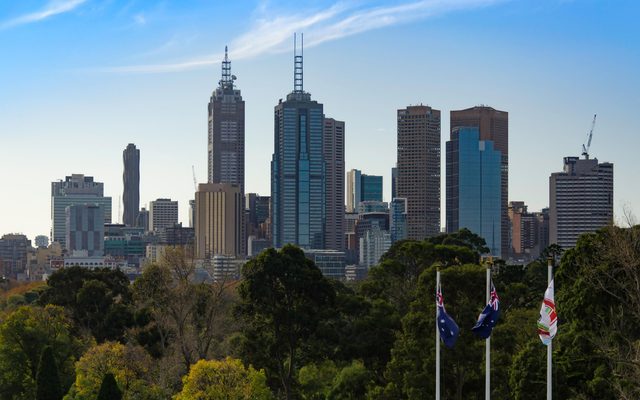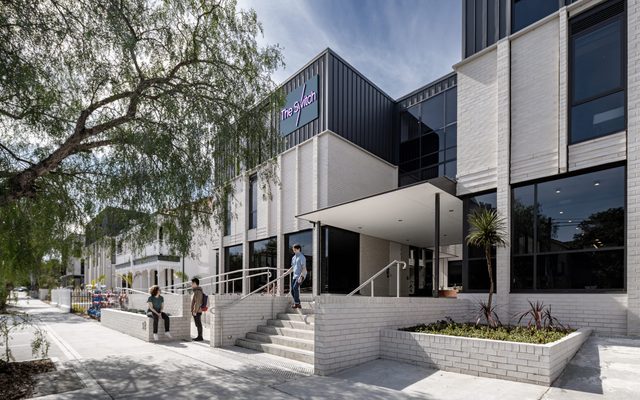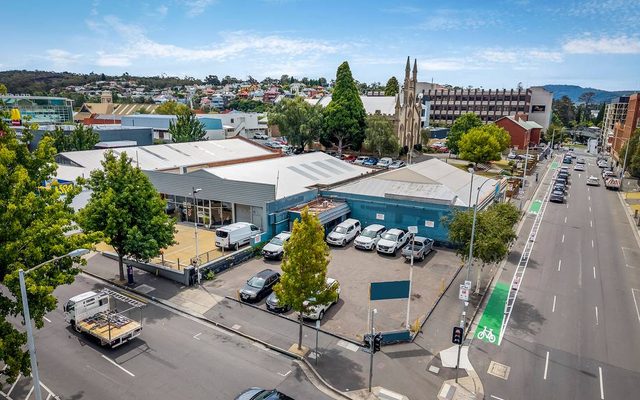This article is from the Australian Property Journal archive
DESPITE shrinking numbers of international student enrolment and rising vacancies, Chinese buyer enquiries look likely to surpass their 2019 peak figures.
According to Juwai, Chinese buyer activity as related to education in Australia is expected to fully recover from the impacts of COVID-19, but not before seeing more falls in the short term.
“Education is a major factor that drives Chinese purposes of homes here. Students occupy housing while studying, go on after graduation to take jobs here and form new households, and often draw parents and other family members to the country over time,” Said Georg Chmiel, executive chairman at Juwai IQI.
Chinese buyer enquiries are currently at approximately 50% of levels from this time last year, these numbers mirror a similar drop in student visas. Despite this, the 135,000 students who are still enrolled and studying remotely, shows that demand is still high, and numbers should recover quickly as Australia reopens its borders.
Applications for student visas are about 80-90% lower than they were at this time last year, with 62% of international students being made up of Chinese citizens who cannot currently enter the country.
“If student numbers continue to drop, that would be devastating for the property market in key suburbs, but I’d like to emphasize that is unlikely,” said Chmiel.
“Safety and educational quality are the two key factors that motivate students when they choose where in the world to study. Our clients in China, India, Malaysia, and other parts of Asia tell us that they would feel safer travelling to Australia to study in 2021 and 2022 than the United States or the United Kingdom,” he continued.
New South Wales has lost 79,719 international students as of 25 October, with the suburb of Haymarket seeing an 8.5% increase in vacancy rates, and Waterloo losing the greatest number of students, at 3,550, and undergoing a 3.10% increase in vacancy.
In Victoria 66,855 international students were lost, at 36% of the prior student enrolment total. Before the pandemic more than 30% of residents in some suburbs were international students, with the impacts on the property market mainly being felt throughout the CBD.
The Melbourne CBD saw an increase in vacancy rates of 7.6%, with the surrounding areas of the Docklands and Southbank, seeing an increase in 14.2% and 12.7% respectively.
Queensland lost 37,333 international students at 34% of the prior total and ACT lost 5,505 international students or 42% of the prior total. That’s the highest percentage loss of any state or territory in the country.
“Education is one of our largest exports in Australia. It generates $32 billion of benefits for Australia every year. It is also one of the most labour-intensive exports, meaning it spreads jobs across the economy in a way that mining does not,” said Chmiel.
“Precisely 57%, or about AU$21.4 billion, per year in international education revenue is actually spent on goods and services in the wider economy.”
“Some 800,000 Chinese students study each year in the US, UK, Australia, Canada, and New Zealand. Their total economic contribution to those countries is estimated at US$113.3 billion,” concluded Chmiel.


















